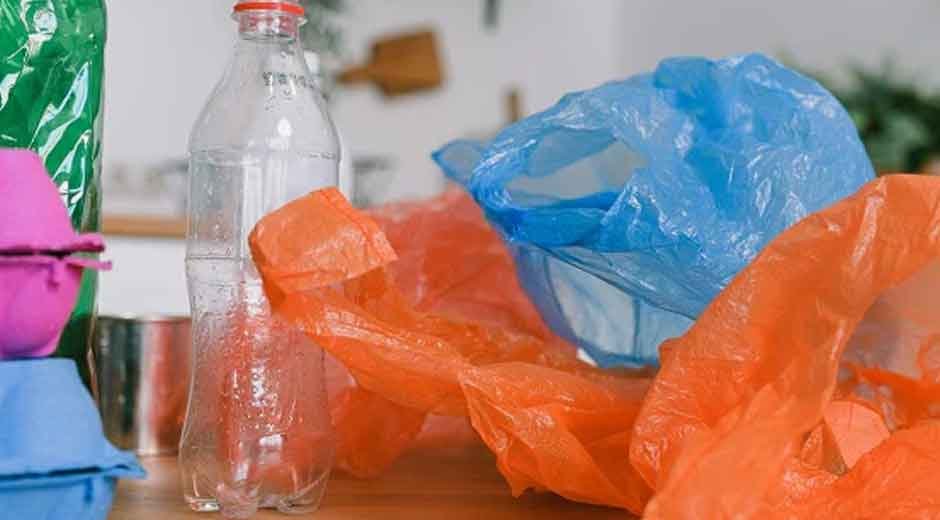E-commerce companies have started paying attention to environmental concerns in recent years. Of these burdens, plastic pollution is the most imminent one. Soft plastics are commonly forgotten but add significantly to the rubbish pile! Fortunately, rational individuals can take some measures to avoid this from every corner of their table. Initiating soft plastic recycling at home is the best thing you can do to give back to the environment.
The Basics of Soft Plastics
Let’s understand what we mean by soft plastics before recycling them. That encompasses plastic bags, bread bags, cereal box liners, and bubble wrap. Soft plastics are flexible plastics that typically are not collected for kerbside recycling, unlike rigid plastics, which are harder. Identification of these materials is key to the process of efficient soft plastic recycling and sorting.
Get Some Required Stuff
Preparations are necessary when starting a home recycling activity. To get the ball rolling, you must first acquire some basic supplies to make the process easy. Start with a special bin or a bag for soft plastics, such as those offered by Reground, to gather the materials. Mark these containers very clearly so nobody mistakes them for ordinary waste. Also, a really handy pair of scissors can come in handy to chop bigger items into smaller parts, making them easier to handle.
Sorting and Cleaning
Sorting is crucial to soft plastic recycling. The process starts by separating soft plastics from all other types, including rigid containers or metals. Get everything washed with no food on it. Plastic waste should be rinsed and dried to avoid contamination, increasing the quality of the recyclables. A little time spent sorting and cleaning can go a long way in making the recycling process smoother.
Researching Local Recycling Programs
Local recycling facilities offer the most reliable paths for soft plastic recycling. Explore the different programmes offered in your community. Some locations provide soft plastic drop-off locations. Get to know these sites and what to do there. Some stores offer recycling, providing bins to collect soft plastics. Keeping abreast of available options can help to ensure effective recycling.
Creating a Routine
Integrating these activities into the daily routine can improve consistency. Set aside one day to sort soft plastics. Get family members involved to create a sense of shared ownership. Plan activities involving the whole family, as they promote a sense of community and environmental consciousness. A routine makes the process easier, and the habit makes recycling a natural part of daily life.
Exploring Creative Reuse
Recycling is one part of sustainability, but creative reuse is another. Get creative with ways to use soft plastics in areas at home. Use old plastic packets to weave baskets or create more decorative pieces. One classic use for bubble wrap is insulation for delicate items in transit. Celebrate creativity, minimise waste and give a fresh lease of life to forgotten materials.
Educating Others
Raising awareness of soft plastic recycling can have a broader impact. Pass trade secrets to friends, neighbours, and colleagues. Conduct workshops or awareness sessions on how recycling is so important. Social media platforms can help you reach a wider audience with tips and success stories. Involving as many people as possible multiplies the positive impacts of recycling programmes.
Monitoring Progress
Tracking progress also helps with motivation and insight into recycling success. Track the total soft plastic collected and recycled over the years. Milestones and achievements are great for keeping the mood going. Tracking progress also identifies gaps, allowing adjustments to build efficiency. Celebrating an accomplishment is morale-boosting and also commitment-reinforcing.
Solving Other Popular Problems
You may find recycling your soft plastics is not so easy at home. Lack of room, no nearby drop-off points, and uncertainty about what is acceptable can all serve to deter attempts. Pick different solutions and address these barriers. Depending on whether it saves space by using vertical storage or draws on a pitch with your neighbours for the same drop-off trips, being aware and flexible also aids in surmounting the obstacles, making our recycling efforts a success.
Advocating for Change
In addition to individual actions, pushing for systemic change can increase impact. Advocating for local and national initiatives and regulations is also vital. Establish connections with community leaders and policymakers to highlight the significance of sustainability. Thus, this collective advocacy can lead to systemic changes to ensure a more sustainable future for all.
To Sum Up
Soft plastic recycling at home is a logical and practical solution to environmental sustainability. They can make a big difference by knowing about materials, sourcing supplies, and setting up rituals. These efforts are complemented by creative reuse, education, and advocacy. This journey of recycling soft plastics is rewarding and offers to nurture worldly responsibility. Combine that with every other individual on Earth simply switching to more eco-friendly choices, and you will have the start of a massive wave of change for the betterment of our habitat.










